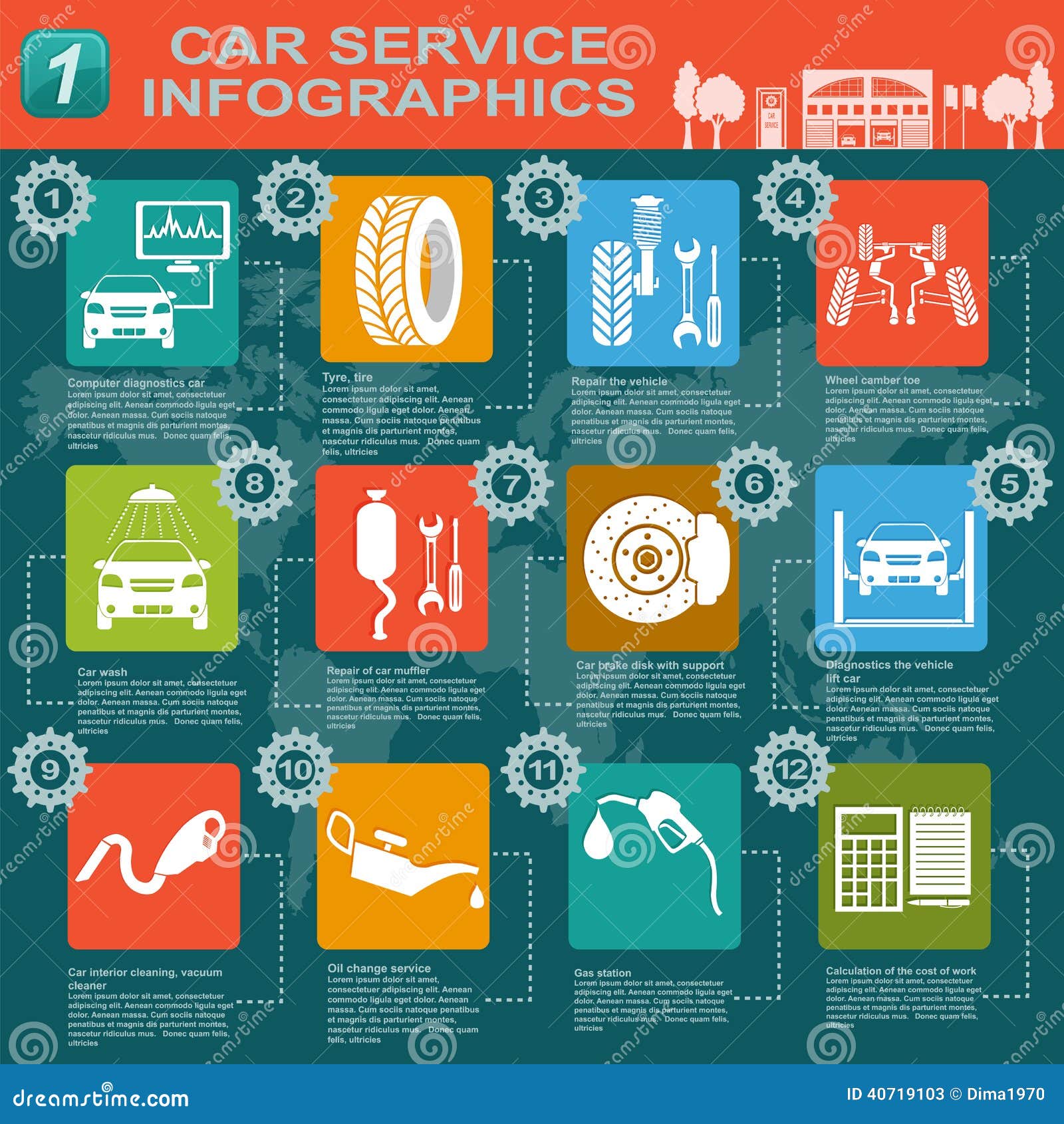Comprehending The Significance Of Your Vehicle'S Warning Signals: What They Actually Stand For
Comprehending The Significance Of Your Vehicle'S Warning Signals: What They Actually Stand For
Blog Article
Uploaded By-Boye Torres
When you lag the wheel, those radiant warning lights on your control panel can be a little bit puzzling. Do you know what they're attempting to tell you regarding your automobile's wellness? Understanding the relevance of these lights is vital for your safety and security and the long life of your vehicle. So, the following time one of those lights appears, would not you wish to decode its message accurately and take the essential actions to resolve it?
Common Caution Lighting and Interpretations
Determine common caution lights in your car and recognize their meanings to make certain secure driving.
One of the most typical warning lights include the check engine light, which signals issues with the engine or exhausts system. If this light comes on, it's crucial to have your automobile examined without delay.
The oil stress warning light suggests low oil stress, requiring prompt interest to stop engine damages.
A blinking battery light could recommend a damaged charging system, possibly leaving you stranded otherwise dealt with.
The tire pressure monitoring system (TPMS) light notifies you to low tire stress, affecting car stability and fuel efficiency. Ignoring this might result in risky driving conditions.
The abdominal light indicates an issue with the anti-lock braking system, endangering your capability to stop swiftly in emergencies.
Finally, the coolant temperature level cautioning light warns of engine overheating, which can cause severe damage if not solved promptly.
Comprehending these common warning lights will certainly aid you address concerns promptly and maintain safe driving conditions.
Relevance of Prompt Attention
Comprehending the common caution lights in your vehicle is only the primary step; the relevance of promptly addressing these cautions can't be stressed enough to guarantee your security when driving.
When a caution light brightens on your dashboard, it's your car's means of communicating a potential problem that needs focus. Neglecting these warnings can bring about much more severe problems down the road, jeopardizing your safety and possibly costing you more in repairs.
Motivate focus to warning lights can protect against malfunctions and mishaps. For example, a blinking check engine light could suggest a misfire that, if left neglected, might trigger damage to the catalytic converter. Resolving this quickly can conserve you from an expensive repair work.
Likewise, a brake system cautioning light might signify low brake fluid or used brake pads, essential components for your safety when driving.
Do It Yourself Troubleshooting Tips
If you discover a caution light on your control panel, there are a couple of DIY fixing tips you can attempt before looking for professional assistance.
The primary step is to consult your vehicle's handbook to recognize what the specific warning light shows. Often graphene coating can be as basic as a loosened gas cap setting off the check engine light. Tightening up the gas cap may settle the issue.
https://brakerepairnearme61605.activoblog.com/32593263/distort-up-for-a-revealing-consider-the-concealed-gems-of-top-tier-auto-service-center-that-will-transform-your-auto-upkeep-routine is a low battery, which can activate numerous cautioning lights. Inspecting the battery links for corrosion and guaranteeing they're protected could repair the trouble.
If a warning light lingers, you can try resetting it by detaching the automobile's battery for a few minutes and afterwards reconnecting it. Additionally, inspecting your lorry's liquid levels, such as oil, coolant, and brake fluid, can help fix alerting lights associated with these systems.
Final thought
In conclusion, understanding your automobile's caution lights is crucial for keeping your lorry running efficiently and securely. By without delay addressing these informs and understanding what they mean, you can stay clear of pricey repairs and possible failures.
Keep in mind to consult your car's guidebook for certain information on each alerting light and do something about it appropriately to make certain a trouble-free driving experience.
Stay notified, stay risk-free when traveling!
